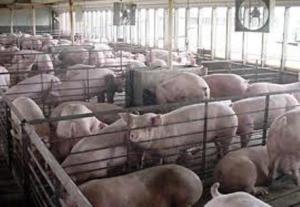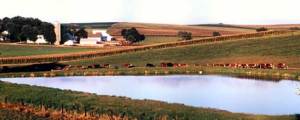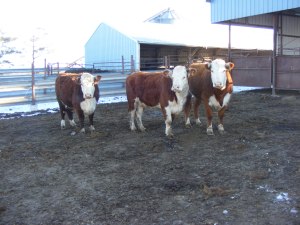Some of the most rewarding aspects of our business are the personal relationships we have been able to build with our customers. We participate in the Des Moines Downtown Farmer’s Market every summer and have gained some new customers that we now consider friends. From these relationships, amazing opportunities have grown.
One regular farmer’s market customer, Shelly Lewis, told us that she was taking a trip to Canada to spend some time with her friend, Karen Ramstead, as Karen trained for the Iditarod – the world-famous sled dog race in Alaska. We sent some of our regular and mustard beef sticks along with a couple bags of our beef stick “Bits and Pieces” for Shelly to share with Karen. Shelly reported that Karen “LOVED” the beef sticks and asked if we would be interested in being her beef stick sponsor for the Iditarod. We were flattered and excited for the opportunity!
Karen is the owner/manager of North Wapiti Kennels in Alberta, Canada where she breeds, raises, and trains purebred Siberian Huskies for long distance racing. Karen has been competing in the 1000-mile Iditarod since 2000, with her first finish coming in 2001. She was the first Canadian woman to complete the race and one of the few teams that races with purebred Siberian Huskies.
This month Karen is heading up to Alaska to start preparing for the 2014 race that starts March 1. Part of the last stretch of training includes preparing the “drop bags” of supplies for the race that will be delivered to checkpoints along the trail. Each bag will include beef sticks and “bits and pieces” from Timber Ridge. Our beef sticks are a great fit for the race because they don’t require refrigeration, are all-natural, and pack a heavy dose of protein in each serving. The sticks are also rich in omega-3 fatty acids which supply essential nutrients.
Look for Timber Ridge beef to play a key role in fueling Karen during the Iditarod.
We will be sharing Karen’s progress both on our Facebook page and here on the blog. You can also keep up with Karen through the North Wapiti Kennels Facebook page, her North Wapiti Kennels blog, or enjoy the humorous Facebook page of her “Wayward Iditarod GPS” device as Karen and her team travel along the trail.
Filed under: Uncategorized Tagged: beef, beef jerky, beef stick, cattle, cows, dog sledding, family farm, huskies, Iditarod, jerky, local farmer, musher, sled dogs, sledding, sledding dogs, sponsor, Timber Ridge, Timber Ridge Cattle Co
![]()








